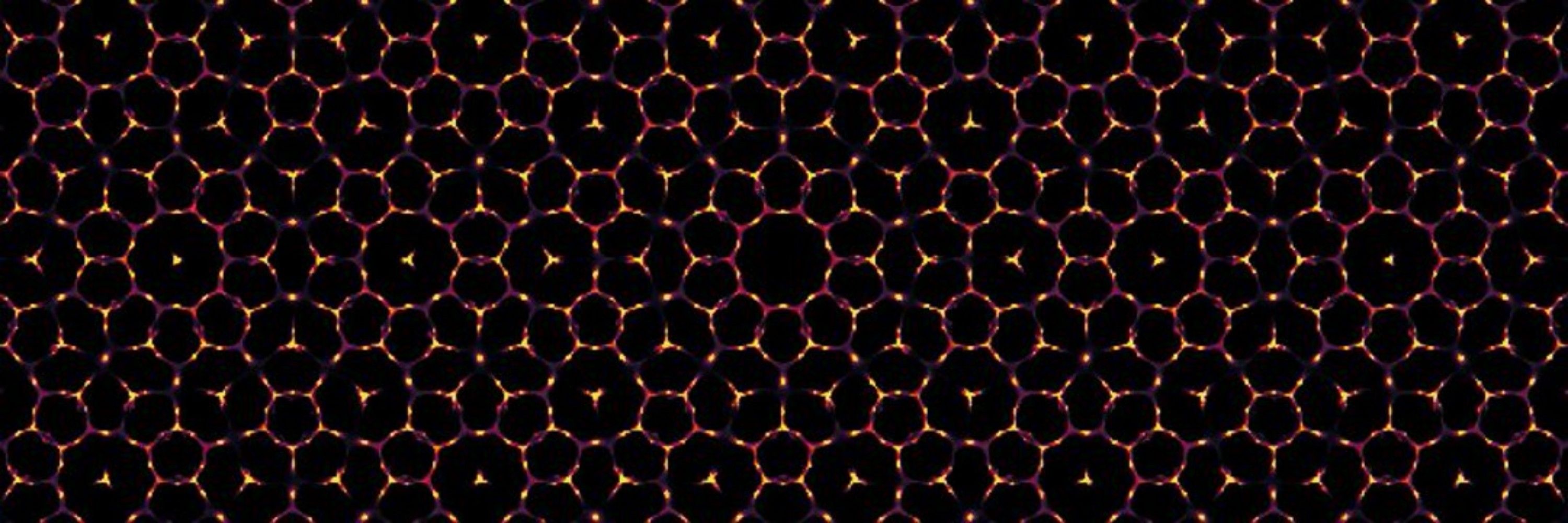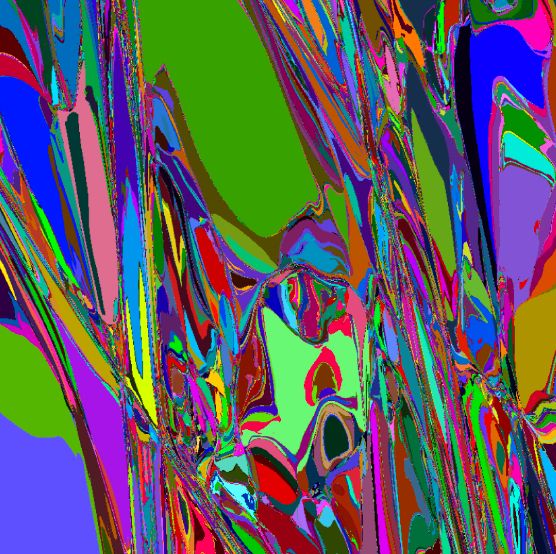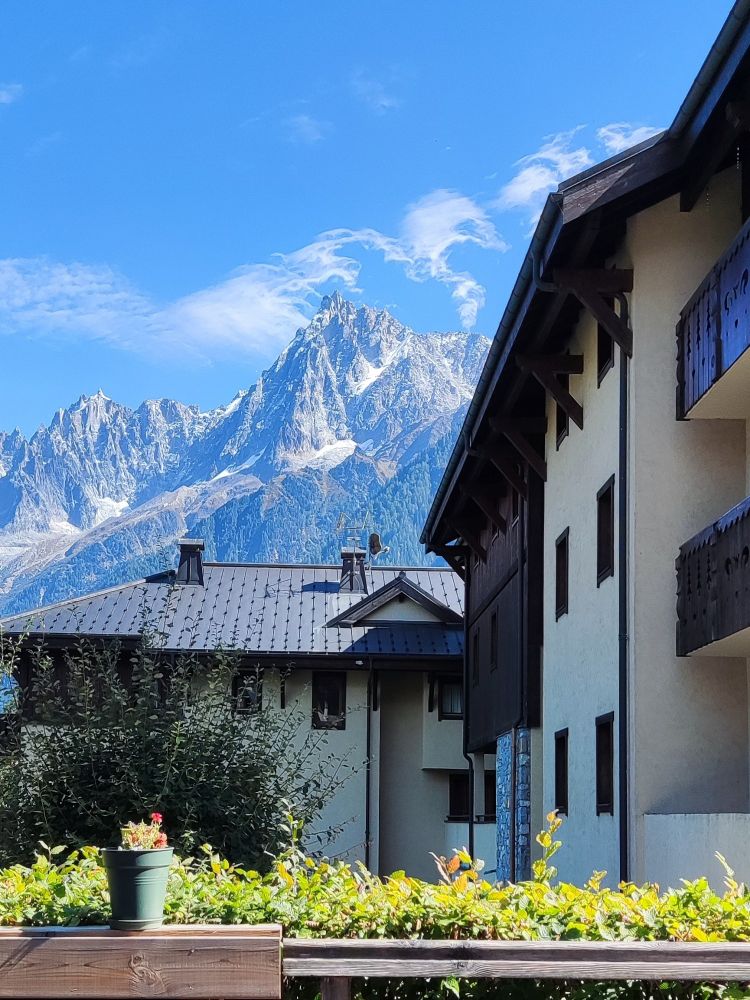
While looking for the ideal isotropic bandgap material, we actually discovered new structures.
These structures lie at the border between order and disorder, and that's good for optics!
More about their structure here,
tinyurl.com/3aej53ht
⚛️🧪

While looking for the ideal isotropic bandgap material, we actually discovered new structures.
These structures lie at the border between order and disorder, and that's good for optics!
More about their structure here,
tinyurl.com/3aej53ht
⚛️🧪
We hope to test these exciting structures experimentally!

We hope to test these exciting structures experimentally!











arxiv.org/abs/2409.121...
arxiv.org/abs/2409.121...
Kudos to the organizers, it's been a fantastic two weeks!

Kudos to the organizers, it's been a fantastic two weeks!
And yes, spoiler alert, photonics is coming back to my research very soon 👀

And yes, spoiler alert, photonics is coming back to my research very soon 👀

